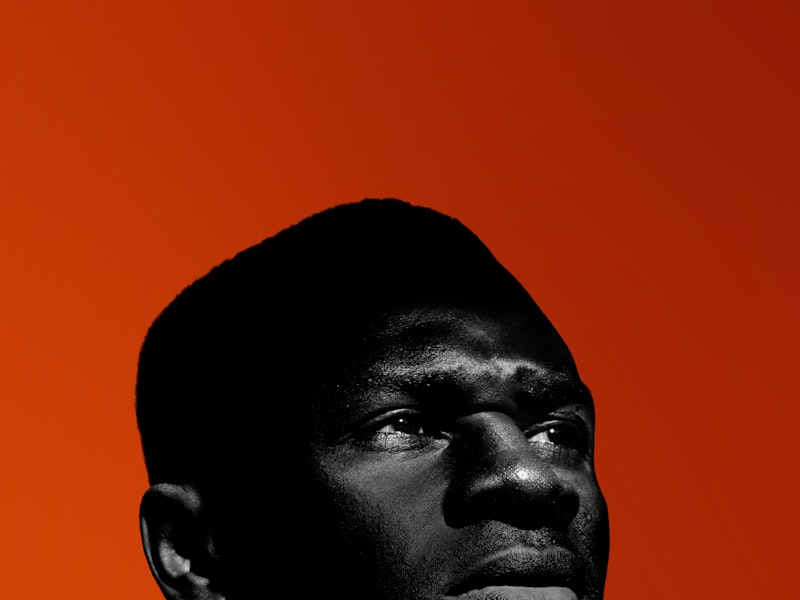More About Unraveling the Mystery Behind Carbon Fiber and Polymer Pickleball Paddle Materials

The Pros and Cons of Wood, Graphite, and Composite Pickleball Paddle Materials
When it comes to picking a pickleball paddle, one of the most significant choices you'll need to have to create is what component it's helped make coming from. The three main materials made use of for pickleball paddles are lumber, graphite, and compound. Each material has its own distinct set of pros and drawbacks that must be thought about just before helping make your final selection. In this short article, we are going to check out the advantages and disadvantages of each material to aid you make an informed choice.
Wooden paddles have been about since the very early times of pickleball and carry on to be well-liked among gamers. One of the most significant perks of lumber is its affordability. Timber paddles often tend to be much less costly than their graphite or composite equivalents, producing them a wonderful option for novices or those on a budget. One more benefit is their toughness. Timber is known for its resilience and can tolerate substantial wear and tear over time.
Nevertheless, timber paddles do have some downsides as well. Go Here For the Details of the principal drawbacks is their body weight. Timber often tends to be larger than graphite or composite components, which can help make it much more demanding to steer on the court. Also, lumber doesn't deliver as a lot electrical power or command as other components due to its fundamental features.
On the various other palm, graphite paddles are understood for their lightness and ability to move. This produces them a fave among affordable players who value velocity and speed in their game. Graphite also delivers superb energy transmission due to its hardness, permitting gamers to create more power responsible for each shot.
Despite these perks, graphite paddles have a handful of downsides worth taking into consideration. First off, they usually tend to be extra expensive than wood options due to the price of manufacturing graphite-based materials. Also, they might not supply as much resilience as timber or complex choices since graphite can easily crack or split under intense impact.
Lastly, we have complex paddles - a preferred option one of numerous pickleball lovers. These paddles are built making use of a blend of different products, such as fiberglass or carbon thread, to produce a flexible and balanced paddle. Complex paddles deliver a great harmony between electrical power, management, and maneuverability. They are likewise known for their durability and potential to hold up against demanding gameplay.
Despite the many perks of composite paddles, there are a few downsides to take into consideration. First of all, they often tend to be a lot more costly than timber choices but less costly than graphite paddles. In addition, some players discover that composite paddles lack the "feeling" or contact that timber paddles provide.
In final thought, each product has its personal collection of pros and cons when it happens to pickleball paddle building. Timber paddles supply affordability and toughness but may be without maneuverability and power. Graphite paddles stand out in conditions of velocity, agility, and energy gear box but can be extra expensive and much less resilient. Composite paddles strike a equilibrium between power, command, and maneuverability while offering really good longevity but may do not have the tactile feeling of hardwood.
Essentially, the selection will certainly rely on your playing type, finances constraints, and personal desires. It's vital to make an effort out various paddle products prior to creating your ultimate selection so you can identify which one experiences most pleasant in your palm. Remember that selecting the ideal material is merely as crucial as choosing the appropriate body weight or grip size - it can substantially influence your general functionality on the pickleball court of law.
